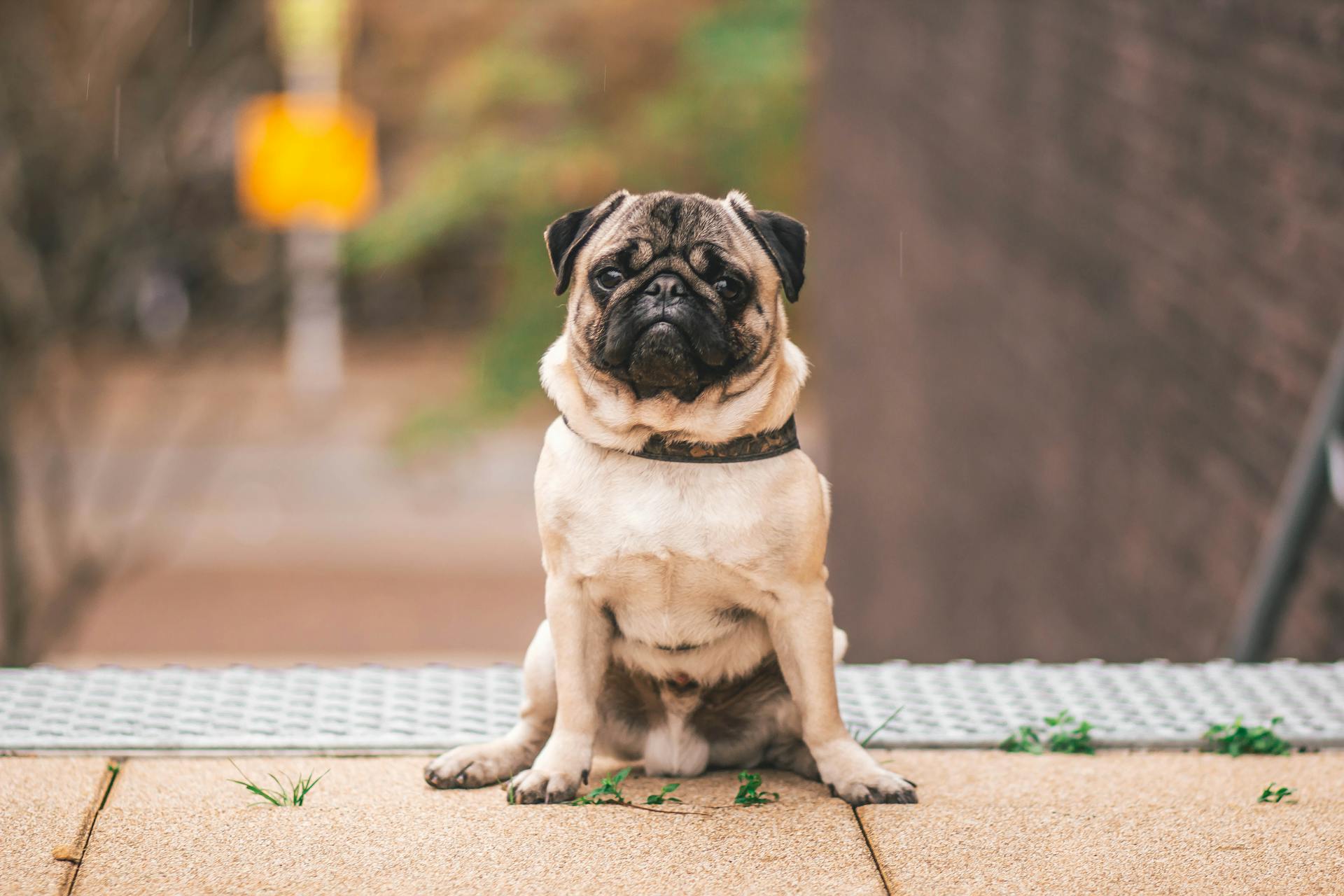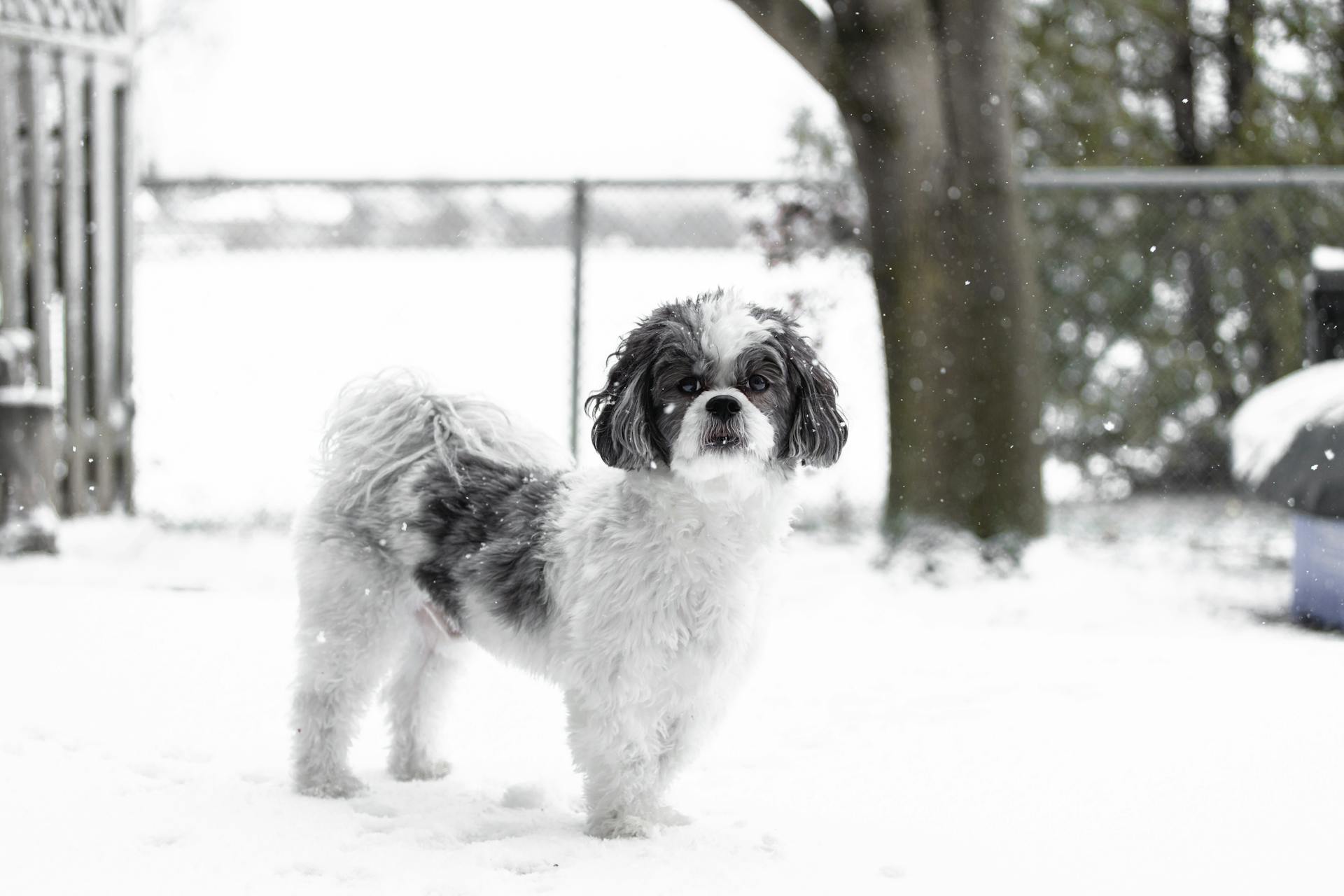
The Maltese Shih Tzu is a beloved breed known for its small size and big personality. They typically live between 10 to 16 years.
To give your Maltese Shih Tzu the best life, it's essential to understand their needs. They require regular grooming to prevent matting and tangling of their long coats.
Maltese Shih Tzus are prone to certain health issues, such as dental problems and obesity. Regular veterinary check-ups and a balanced diet can help prevent these issues.
In terms of exercise, Maltese Shih Tzus need daily walks and playtime to stay happy and healthy. A 15-minute walk or play session per day is a good starting point.
Check this out: Coton De Tulear Health Issues
Health and Wellness
Maltese Shih Tzus are generally a healthy breed, but like all breeds, they're prone to certain health conditions.
One of the most common health issues for Maltese Shih Tzus is hypothyroidism, which occurs when the thyroid gland doesn't produce enough thyroid hormone, leading to symptoms like abnormal weight gain, dry skin, and hair loss.
Expand your knowledge: Shih Tzu Health
Maltese Shih Tzus are also prone to intervertebral disc disease, which causes damage to the disc between the vertebrae, leading to symptoms like inactivity, shivering, limping, or the inability to bend down to eat.
Brachycephalic airway obstruction syndrome (BOAS) is another major concern for Maltese Shih Tzus, especially in hot weather, and can result in severe respiratory distress.
Some other health issues that can affect Maltese Shih Tzus include hip dysplasia, which occurs when the hip joint doesn't form properly, and portosystemic shunt of the liver, which is a birth defect that causes blood to bypass the liver.
Here are some common health issues that can affect Maltese Shih Tzus:
- Hypothyroidism: abnormal weight gain, dry skin, hair loss, ear infections, and lethargic behavior
- Intervertebral Disc Disease: inactivity, shivering, limping, or the inability to bend down to eat
- Brachycephalic Airway Obstruction Syndrome (BOAS): severe respiratory distress
- Hip Dysplasia: lameness over time
- Portosystemic Shunt of the Liver: poor muscle development, stunted growth, and disorientation
- Patellar Luxation: pain and dislocation of the kneecap
- White Shaker Syndrome: uncontrollable shaking and inability to walk
Care and Nutrition
The Maltese Shih Tzu is a small, friendly breed that requires regular care and nutrition to thrive. They can become overweight, so monitoring their weight and calorie consumption is crucial.
To prevent obesity, it's essential to avoid feeding table scraps or overindulging them with treats. A high-quality dog food suitable for their age, size, and activity level is recommended.
Daily grooming is necessary to prevent matting and tangling of their fine coat. They should be brushed daily, and regular bathing will keep their coat soft and silky.
Maltese Shih Tzus need about 10 to 15 minutes of exercise per day, which can be as simple as a leisurely walk or a fun game of fetch. They can do well in apartments, but a home with a small yard is ideal.
Their diet should be divided into small meals, especially for young puppies, to prevent hypoglycemia. Adult Maltese Shih Tzus typically do well with two meals a day, and their vet can help determine the best schedule for their age.
It's essential to consult with your vet before adding any new supplements or changing their diet. They may recommend joint supplements or dental chews to prevent certain health conditions.
Readers also liked: Smooth Haired Fox Terrier Puppies
Nutrition
Maltese Shih Tzus are prone to becoming overweight, so it's essential to monitor their weight and calorie consumption.
They can become overweight if fed too many table scraps or treats, so it's best to avoid overindulging them.
Feeding small meals three to four times a day can help prevent hypoglycemia in young Maltese puppies.
Maltese dogs typically do well with two meals a day, in the morning and evening, once they reach around 4 months old.
Maltese dogs can benefit from joint supplements with glucosamine and chondroitin if they have luxating patella, but always talk to your veterinarian first.
Omega-3 supplements can help protect joint health and keep their skin and coat lush and soft, but again, consult with your vet before giving them any supplements.
Malshi puppies need frequent meals to avoid hypoglycemia, so be sure to feed them three or four times a day.
Adult Malshis can be fed less frequently, typically two or three times a day, but your vet can help determine the best schedule for your dog's age.
If your Malshi is eating a complete and balanced diet, they shouldn't need any extra nutrients, but it's always best to check with your vet before adding anything new to their diet.
On a similar theme: Maltese and a Shih Tzu
Coat Care
The Maltese Shih Tzu's coat is a beautiful, long, and silky texture that requires daily care. Daily brushing is essential to prevent matting and tangling, which can cause skin infections if not cared for properly.
It's best to brush your Maltese Shih Tzu daily, or at the very least, weekly to keep their coat in top shape. Regular bathing is also necessary to keep their coat soft and silky.
You can clip your Maltese Shih Tzu every six to nine weeks to make grooming a bit easier, but they will still need to be brushed weekly at a minimum. This will help prevent matting and tangling, and keep their coat looking its best.
Tearstains under the eyes are a common problem in Maltese Shih Tzus, and can be treated with commercial tearstain removers. Keeping the area around the eye clean can help reduce staining.
Regular nail trimming is also important to prevent painful tears and other problems. If you can hear your dog's nails clicking on the floor, they're too long.
Consider reading: Yorkshire Terrier Coat Type
Dental Care
Maltese dogs are prone to dental disease, so it's essential to keep their teeth clean and healthy.
Daily tooth brushing is the best way to prevent dental disease in Maltese dogs. Use a dog-safe toothpaste and toothbrush to make it a habit.
Bad breath, red and inflamed gums, and loose teeth are all symptoms of dental disease that can be painful for your Maltese. If left untreated, it can even damage a dog's organs.
To keep your dog's mouth healthy, brush their teeth every day and consider routine dental cleanings under anesthesia.
How to Care for a Dog
Grooming is a must for a Maltese Shih Tzu, as they shed, even if it's less than other breeds. Regular bathing and brushing are essential to keep their coat soft and silky.
Daily exercise is a must for a Maltese Shih Tzu, but it can be as simple as a 10-15 minute walk or playtime. They can do well in apartments, but a small yard is ideal.
Maltese Shih Tzus are prone to hypoglycemia, so feed them frequently, especially as puppies. Adult Malshis can be fed less frequently, but it's best to consult with a vet.
To keep your Maltese Shih Tzu's coat in top shape, brush them daily and bathe them regularly. They can be clipped every six to nine weeks to make grooming easier.
Leaving your Maltese Shih Tzu alone for too long can lead to loneliness, boredom, and behavior issues. They thrive on close companionship and attention.
Maltese Shih Tzus can be noisy, but they're not as loud as some other small dogs. Crate training is beneficial, but it shouldn't be used as a substitute for exercise and attention.
Maltese Shih Tzus can suffer from respiratory problems in hot and humid weather, so keep them indoors with air-conditioning.
Curious to learn more? Check out: Are Shih Tzus Good with Kids
Ownership and Costs
As you consider bringing a Maltese Shih Tzu into your family, it's essential to understand the costs involved. The average purchase price of a Maltese Shih Tzu puppy can range from $500 to $2,000.
These costs can add up quickly, and you'll also need to factor in ongoing expenses like food, vet bills, and supplies. A Maltese Shih Tzu can live for 12 to 15 years, so be prepared to make a long-term commitment to caring for your pet.
Some breeders may charge more for their puppies due to factors like bloodline, size, and color. However, these costs may not necessarily translate to a healthier or happier dog.
Pet Parent Considerations
As a pet parent, it's essential to consider the long-term commitment that comes with owning a furry friend. Shih Tzus, for example, can live up to 18 years or more, so be prepared for a lifetime of love and care.
Their coats require regular maintenance, with daily brushing and a trip to the groomer every 4 to 6 weeks. This can be a significant cost, but it's worth it for the adorable and healthy coat of your Shih Tzu.
Some Shih Tzus can be clingy and develop separation anxiety, so be prepared to provide extra training to help them feel comfortable when left alone. This may require patience and dedication, but it's worth it for the happy and well-adjusted companion you'll have.
Toy breeds like Shih Tzus can be fragile, so it's essential to consider whether your home is safe for a small dog. If you have rambunctious children or dogs, a Shih Tzu may not be the best fit.
Here are some key questions to ask yourself before bringing a new pet into your family:
- Can you commit to daily brushing and regular grooming sessions?
- Are you prepared for the potential costs of veterinary care, including dental cleanings?
- Do you have the time and patience to provide mental and physical exercise every day?
- Can you provide a loving home for your pet's lifetime, which could be 18 years or more?
How Much Should You Pay?
When choosing the right food for your dog, the cost can vary depending on the brand and quality. Some dog foods can cost upwards to $100 per month.
Follow the instructions on your dog food packaging to get an estimate of the monthly cost. This will give you a better idea of what to expect.
Explore further: Cost of Maltese Shih Tzu
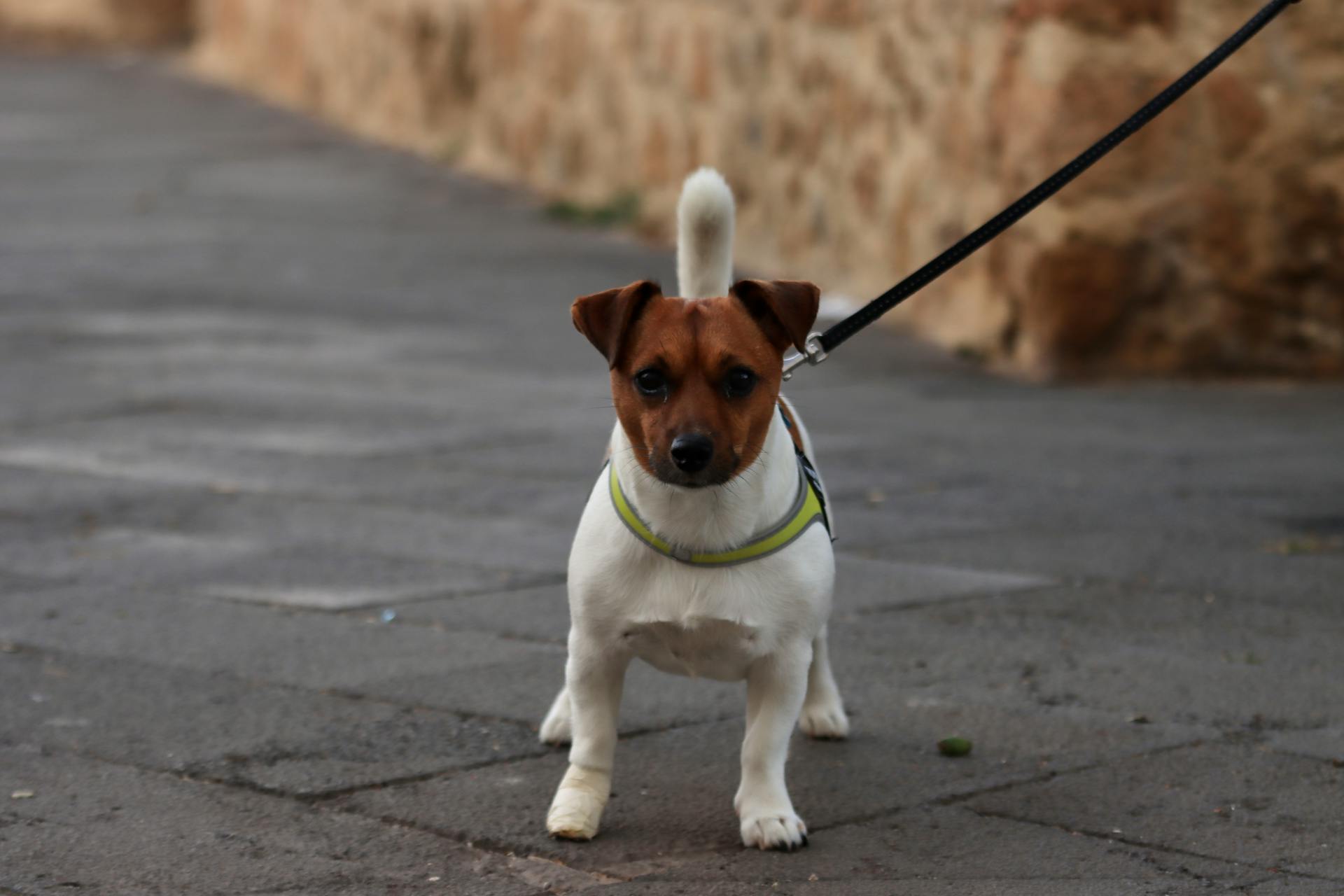
Your veterinarian can also provide guidance on the best food for your dog and recommend a budget-friendly option. They can help you make an informed decision.
The cost of dog food can add up quickly, so it's essential to consider your dog's lifestyle and health when making a decision. This will help you choose a food that meets their needs without breaking the bank.
Dog Training Tips
Socialization is key, especially during the critical development period from birth to 16 weeks of age. This is when your Malshi puppy learns to interact with humans and other animals.
Talk to your breeder about their approach to socializing puppies, and make sure to continue socializing your new family member as soon as they come home.
Malshis are smart and eager to please, but they can be a bit stubborn at times. Consistent positive training that uses rewards instead of punishment is essential.
Positive training not only builds a strong bond between you and your dog, but it also exercises their brain and body.
Health Needs and Tips
The Maltese Shih Tzu lifespan can be a wonderful 12-15 years, but it's essential to be aware of the potential health issues that can affect this breed.
Maltese Shih Tzus are prone to patellar luxation, a common problem in small dogs where the kneecap dislocates, causing pain. This can be crippling, although many dogs lead relatively normal lives with this condition.
Regular exercise and a balanced diet can help prevent some health issues. However, given the parent breeds' predisposition for developing periodontal disease, your vet may recommend dental chews as a precaution.
Luxating patella is often seen in the hind legs of Maltese Shih Tzus, and it's essential to keep an eye on your dog's knee joint for any signs of dislocation.
Omega-3 supplements, such as fish oil, can help protect joint health and keep your dog's skin and coat lush and soft. However, always talk to your veterinarian before giving your dog a supplement.
For more insights, see: Japanese Chin Dog Health Problems
White Shaker Syndrome is another health issue that affects young to middle-aged Maltese Shih Tzus, causing uncontrollable shaking and an inability to walk. Treatment is usually corticosteroids for three to six months.
If you're buying a puppy, find a good breeder who will show you health clearances for both your puppy's parents. Health clearances prove that a dog has been tested for and cleared of a particular condition.
General Information
The Maltese Shih Tzu is a small dog breed, typically standing 8-11 inches tall and weighing 4-12 pounds.
This breed is a result of crossing the Maltese and Shih Tzu breeds, making it a hybrid dog breed.
The Maltese Shih Tzu has a long, silky, double coat that requires regular brushing and professional grooming every 4-6 weeks.
Here's a quick rundown of the breed's key characteristics:
- Origin: Hybrid dog breed, cross between the Maltese and Shih Tzu breeds
- Size: Small, 8-11 inches tall, weighing 4-12 pounds
- Coat: Long, silky, double coat in white, black, brown, or tan
- Grooming: Regular brushing and professional grooming every 4-6 weeks
The Maltese Shih Tzu has a lifespan of 12-15 years, making it a relatively long-lived breed.
Breed History
The Maltese Shih Tzu has a rich history that dates back thousands of years. The breed originated in the 1990's through cross breeding a Maltese and a Shih Tzu.
The Maltese dog first appeared in Europe as far back as 500 BCE, and it's believed to have originated in Asia. It was a popular breed among European nobles during the Middle Ages, often serving as lapdogs in royal courts.
The Shih Tzu, on the other hand, is one of the oldest known breeds of domesticated dogs and is originally native to Tibet. It's known to have been kept as companion animals as far back as 1000 BCE.
Despite being a new hybrid breed, the Maltese Shih Tzu has quickly gained popularity, particularly in Australia and the United States.
[Personality]
The Maltese, Maltese Shih Tzu, and Shih Tzu breeds are known for their affectionate and friendly nature.
They thrive on close companionship and can suffer from separation anxiety if left alone for too long. This means they need regular interaction and attention from their family.
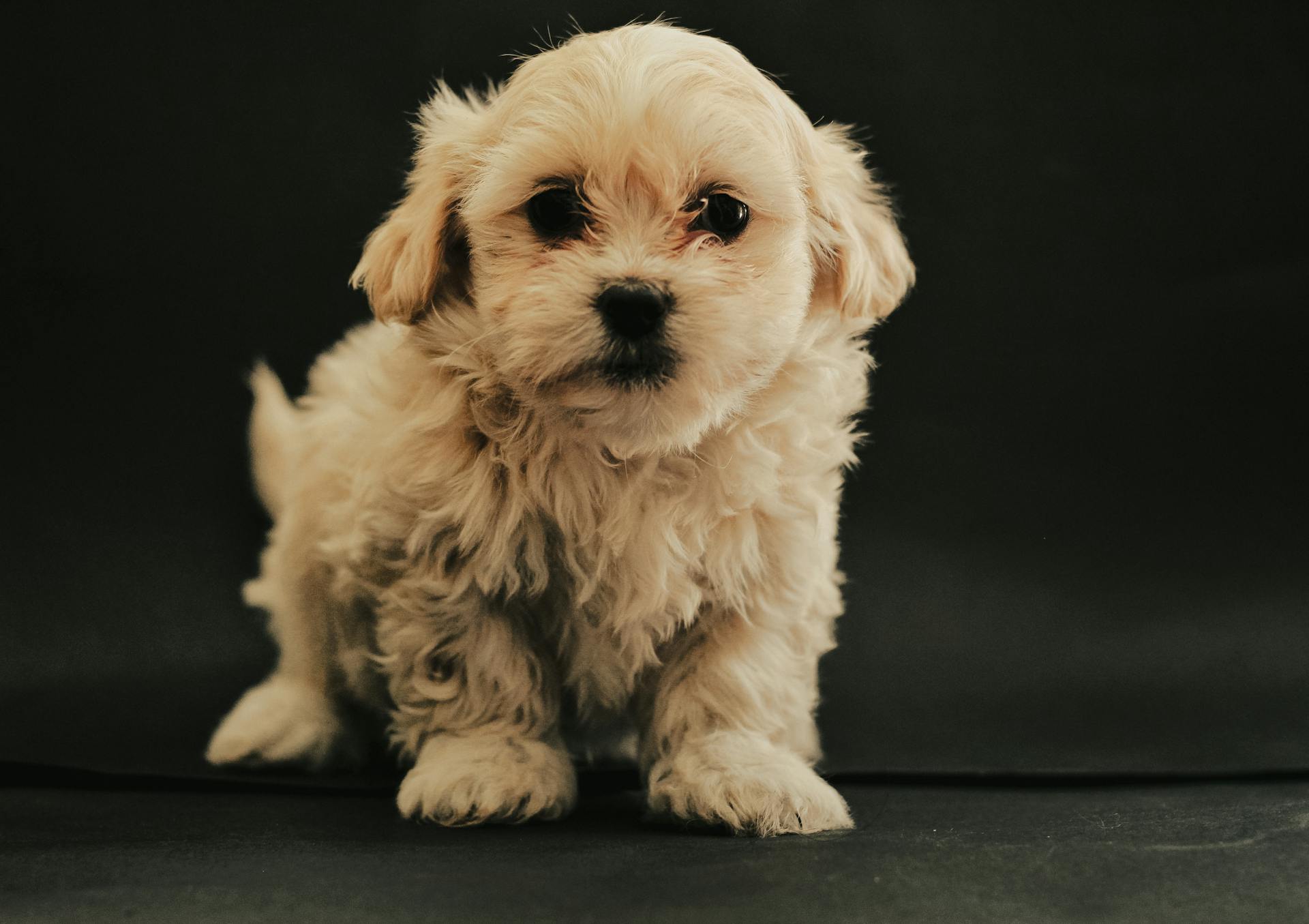
These breeds are highly adaptable, but they can be wary of strangers and may require time to warm up to new people. Early socialization is key to helping them feel confident and calm in new situations.
Maltese and Maltese Shih Tzus have moderate energy levels and need short walks and playtime each day to keep them happy and healthy. Shih Tzus, on the other hand, are social dogs that love to be around people and can make great family pets.
Here are some key personality traits to expect from these breeds:
Overall, these breeds are perfect for families who want a loyal and loving companion.
Quick Facts
The Maltese-Shih Tzu hybrid is a small dog breed, typically standing between 8-11 inches tall and weighing between 4-12 pounds.
This breed has a long and silky double coat, which comes in a variety of colors including white, black, brown, and tan.
Their lifespan is relatively long, ranging from 12-15 years with proper care.
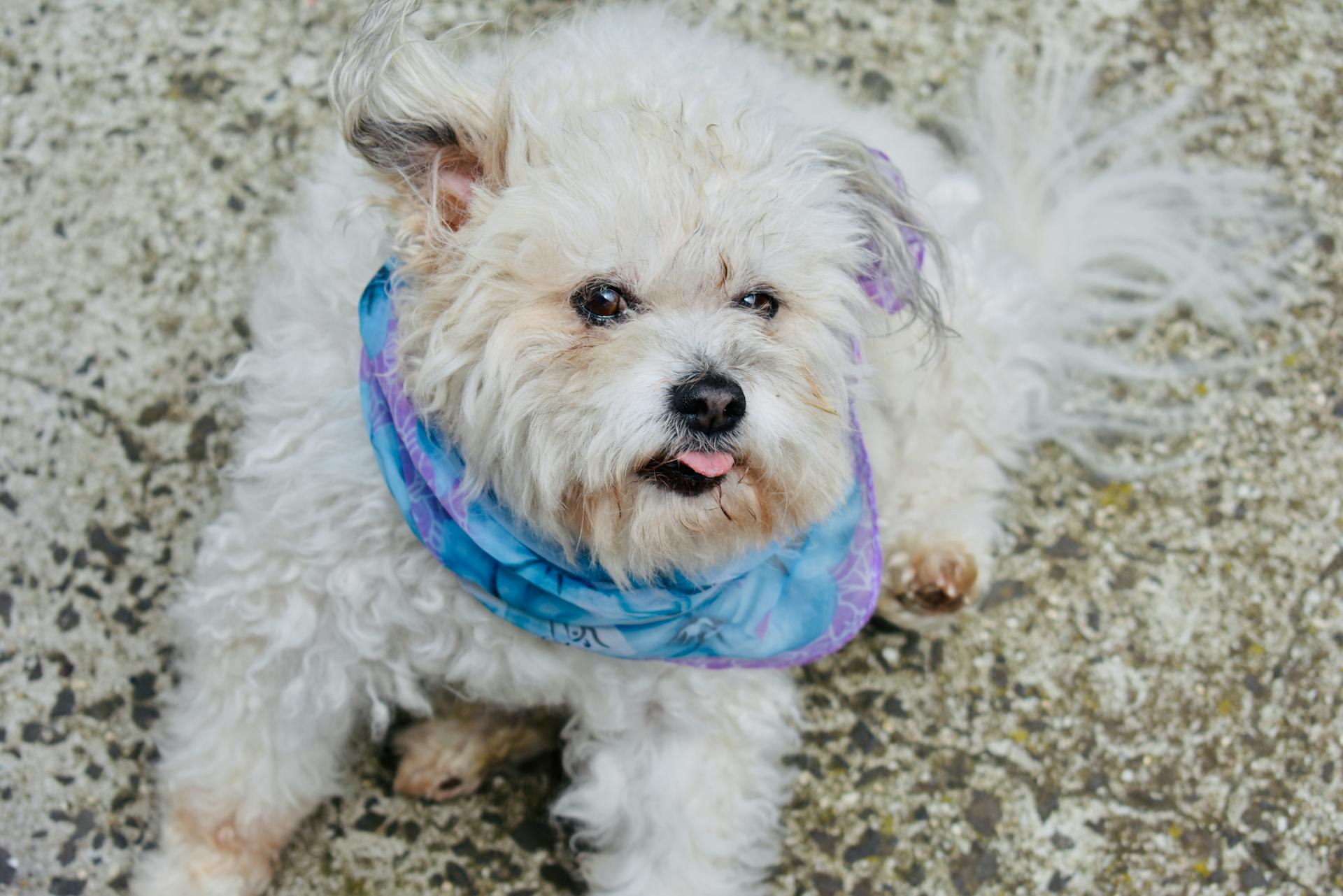
The Maltese-Shih Tzu is known for its affectionate, playful, intelligent, and loyal temperament.
They require moderate exercise to stay happy and healthy.
Training this breed is relatively easy, as they are eager to please and quick to learn.
Regular brushing and professional grooming every 4-6 weeks is necessary to prevent matting and tangling of their coat.
This breed is generally healthy, but may be prone to certain health issues such as patellar luxation, eye problems, and allergies.
Here are some key characteristics of the Maltese-Shih Tzu breed at a glance:
Frequently Asked Questions
How long do Shih Tzu Maltese mix live?
Shih Tzu Maltese mixes typically live for 12-14 years, a lifespan similar to their parent breeds
Can a Shih Tzu live 20 years?
While 20 years is a record for a Shih Tzu, with proper care, many can live into their late teens. Regular health checks and a healthy lifestyle can significantly impact a Shih Tzu's life expectancy.
What is the most common cause of death in Shih Tzus?
According to studies, the most common causes of death in Shih Tzus are gastrointestinal diseases, heart disease, and poor quality of life, each accounting for approximately 7.9% of cases. Understanding these risks can help you provide the best possible care for your Shih Tzu.
What is the leading cause of death in Maltese?
The leading cause of death in Maltese is heart failure, particularly due to valve deterioration, which affects 75% of cases. This condition can lead to a weakened heart and potentially life-threatening consequences.
How long does a Maltese Shih Tzu live?
A Maltese Shih Tzu typically lives for 12-14 years, with proper care and attention. With regular check-ups and a healthy lifestyle, they can thrive for a long and happy life.
Featured Images: pexels.com
